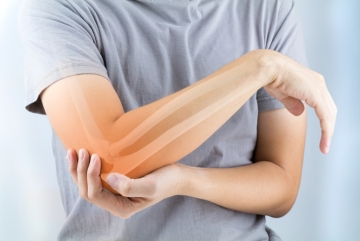Epilepsy disease
Known as "epilepsy" among the people, epilepsy causes visible effects in the body as a result of abnormal electrification in brain cells. Sudden seizures can be seen from time to time in epilepsy, which can be seen in all age groups. These seizures can sometimes cause even temporary memory loss, depending on their severity. The most common disease seen in children up to the age of 16 is epilepsy. If your child has symptoms such as a sudden jump, startle, and idle staring, you should consult a neurologist immediately.
Migraine
Migraine, which is one of the most common diseases faced by doctors, is not an ordinary headache. Migraine, which is three times more common in young women than men, is often manifested as a sharp headache at the temples, occurring in attacks. Some patients experience migraine attacks once a month, while others experience longer intervals. In migraine attacks, you are more sensitive to light and sounds, and you may feel nauseous with the effect of this severe headache. If you are experiencing such symptoms when you have a headache, you should see a specialist.
Alzheimer's disease
We can call Alzheimer's a kind of forgetfulness because Alzheimer's disease means people's brain cells are lost at a higher rate than they should be. There is no specific cause and treatment for Alzheimer's, which is a chronic disease. Even if you do nothing, the cells die slowly, and therefore a permanent loss of consciousness occurs in the patient. This disease, which occurs mostly in people over the age of 60, causes fatal consequences. Early diagnosis in Alzheimer's disease is very important for earlier intervention. If you have started forgetting information about your daily life too much, it is useful to see a doctor immediately.
Osteoporosis (Bone resorption)
Osteoporosis, which literally means "spongy, porous", is known as osteoporosis among the people. Bones develop with calcium and this development continues rapidly from infancy to the 20s. In the 20s, bone development and bone destruction reach the same levels. In addition to genetic factors, vitamin D and calcium deficiency also cause bones to become weak and weak and brittle. For this reason, we recommend that you measure and supplement frequently. Osteoporosis manifested by pain in the back, waist and neck region, shortening of height, humpback and deformities in the body; It usually results in fractures in the wrist, spine, and hip. If you have similar symptoms, do not delay your doctor's appointment!



